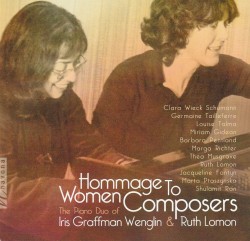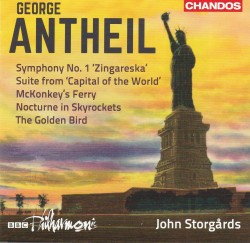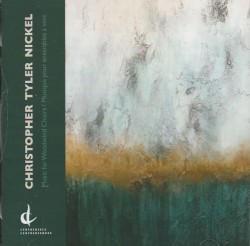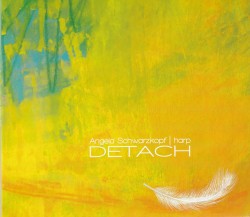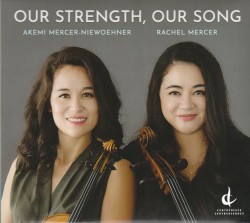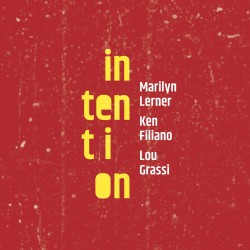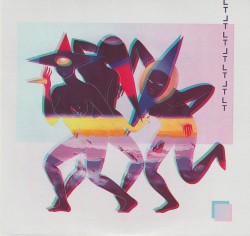Second Wind - Dave Camwell
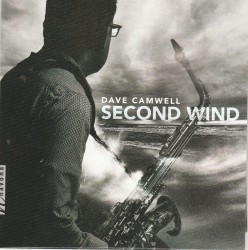 Second Wind
Second Wind
Dave Camwell
Navona Records nv6253
(navonarecords.com)
The saxophone was patented by Adophe Sax in 1846, after a great deal of music had already been written. And it was not until the mid- to end- of the 20th century that its repertoire diversified. Dave Camwell’s Second Wind contains an exciting variety of works written for the saxophone but also includes several pieces by Bach, Vivaldi and Handel which have been arranged for the instrument. Music history contains many examples of re-orchestration: Bach performed many of his works with different instrumentation and Robert Schumann added piano accompaniment to Bach sonatas. Camwell has further revised Schumann’s arrangements by adding two saxophones (the other played by Susan Fancher) to Partita No.3, BMV1006 and Sonata No.3 BMV1005. The players’ bright sound and clean articulation show how well-suited the saxophone is for Baroque music.
Camwell shows his mastery of many forms with the other pieces, including Robert Muczynski’s Sonata for Alto Saxophone and Piano, Op.29. Throughout the two movements, Andante Maestoso and Allegro Energico, he combines a muscular technique with a light and effervescent sound through the entire range of the instrument, including altissimo passages. Three larger works round out the album, one with wind ensemble, another with chorale and the final work, Russell Peterson’s Concerto for Flute, Alto Saxophone and Symphonic Band. The variety of music from different centuries, and with such diverse instrumentation, makes this album a real saxophone tour de force!


